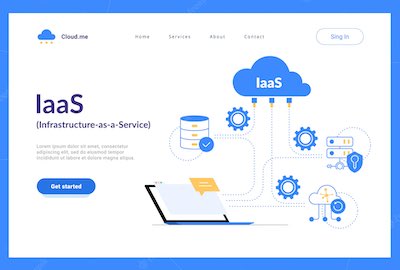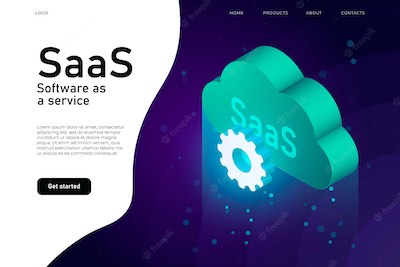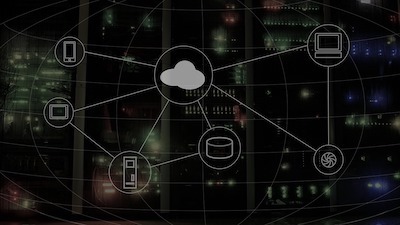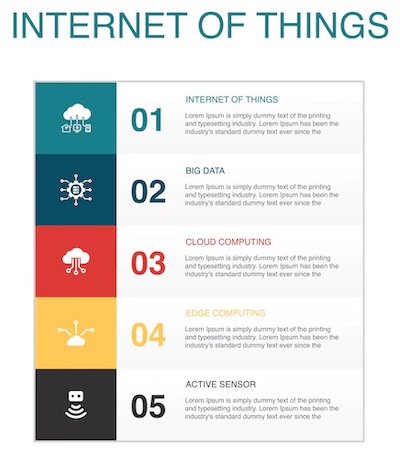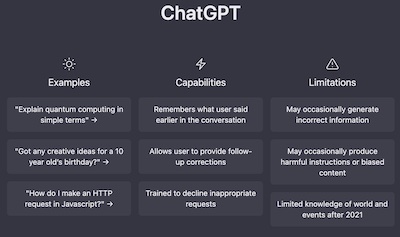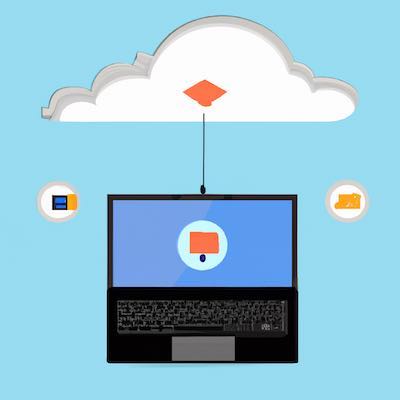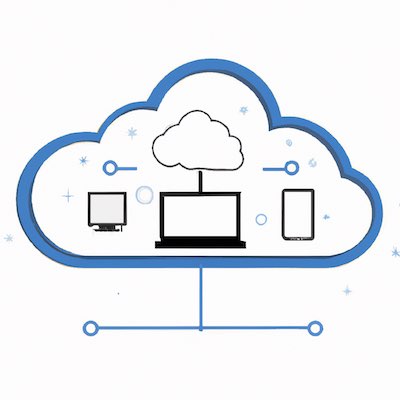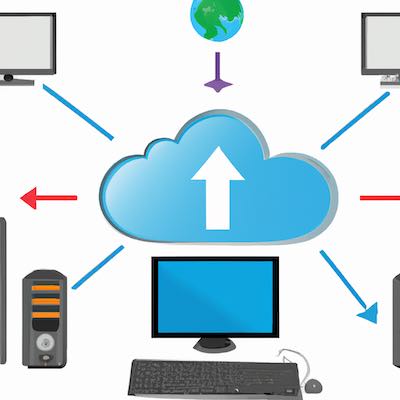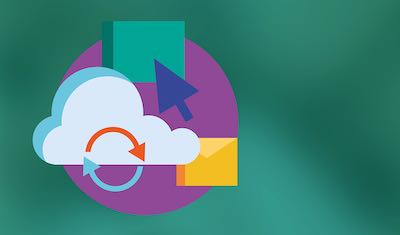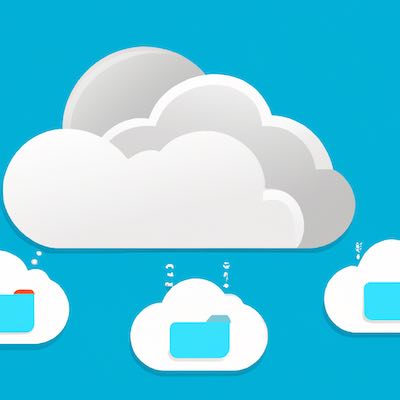 Cloud computing has revolutionized the way businesses and individuals access and manage data. However, with this convenience comes a responsibility to ensure the security of the data being stored in the cloud. In this article, we'll explore some best practices for protecting your data in the cloud.
Cloud computing has revolutionized the way businesses and individuals access and manage data. However, with this convenience comes a responsibility to ensure the security of the data being stored in the cloud. In this article, we'll explore some best practices for protecting your data in the cloud.
Data Encryption
Data encryption is a process of converting data into a format that cannot be read by unauthorized users. By encrypting your data before storing it in the cloud, you can ensure that even if your data is compromised, it cannot be read by hackers. Most cloud providers offer encryption options, and it's important to take advantage of these options to ensure the security of your data.
Strong Passwords
Strong passwords are essential for protecting your data in the cloud. It's important to choose a unique, complex password that includes a combination of upper and lower case letters, numbers, and special characters. Avoid using easily guessable passwords, such as birthdays or pet names, and consider using a password manager to help you create and manage strong passwords.
Multi-Factor Authentication
Multi-factor authentication is a security practice that requires users to provide more than one form of authentication to access their data. This can include something you know, such as a password, and something you have, such as a security token or fingerprint. By requiring multiple forms of authentication, multi-factor authentication adds an extra layer of security to your data.
Regular Backups
Regular backups are essential for protecting your data in the cloud. By regularly backing up your data, you can ensure that you have a copy of your data in case of a security breach or data loss. Most cloud providers offer backup options, and it's important to take advantage of these options to ensure the security and availability of your data.
Network Security
Network security is essential for protecting your data in the cloud. It's important to ensure that your network is secure by using firewalls, intrusion detection systems, and other security measures. It's also important to ensure that your network is regularly monitored for any potential security threats.
Regular Updates and Patches
Regular updates and patches are essential for protecting your data in the cloud. Cloud providers regularly release updates and patches to fix security vulnerabilities and ensure the stability of their systems. It's important to regularly update your cloud systems to ensure that you have the latest security patches and updates.
Conclusion
Cloud computing has revolutionized the way businesses and individuals access and manage data. However, with this convenience comes a responsibility to ensure the security of the data being stored in the cloud. By following best practices for cloud computing security, such as data encryption, strong passwords, multi-factor authentication, regular backups, network security, and regular updates and patches, you can help ensure the security of your data in the cloud. By taking these steps, you can protect your data and ensure that it remains secure and available at all times.

